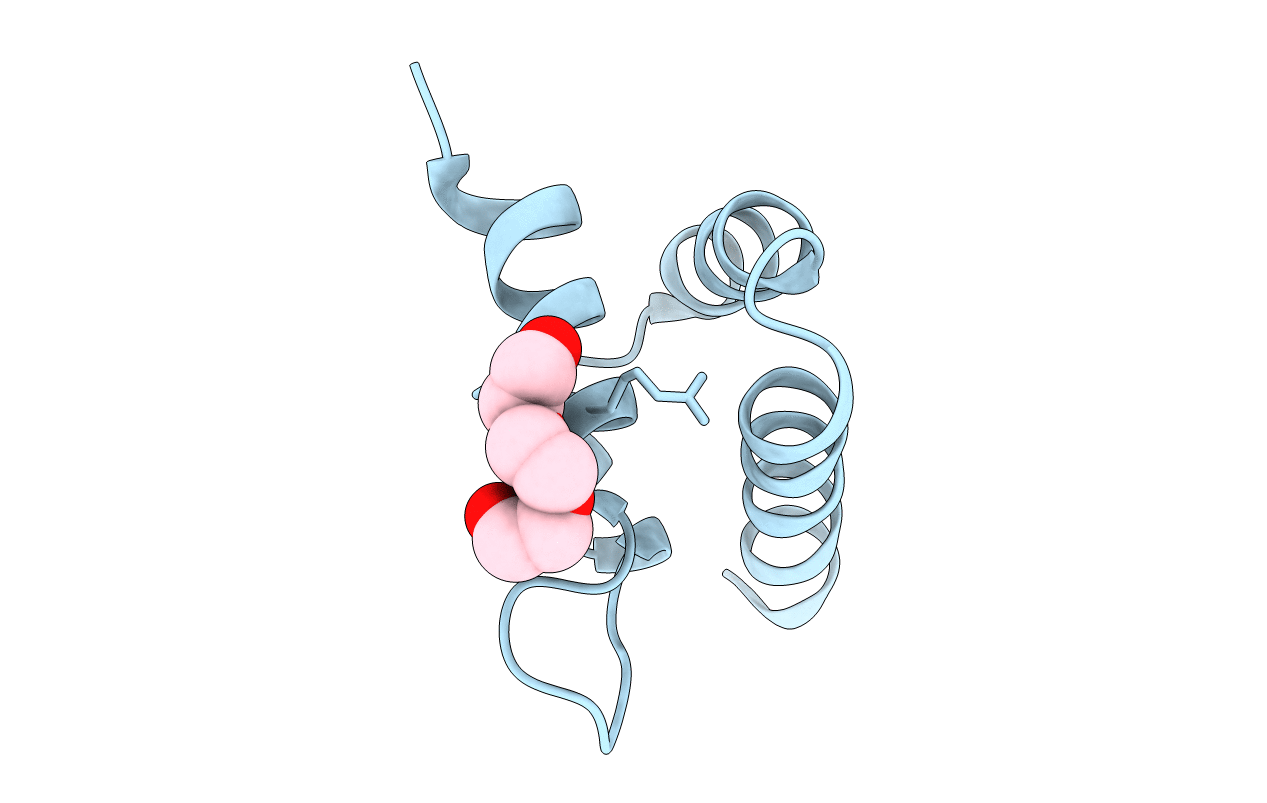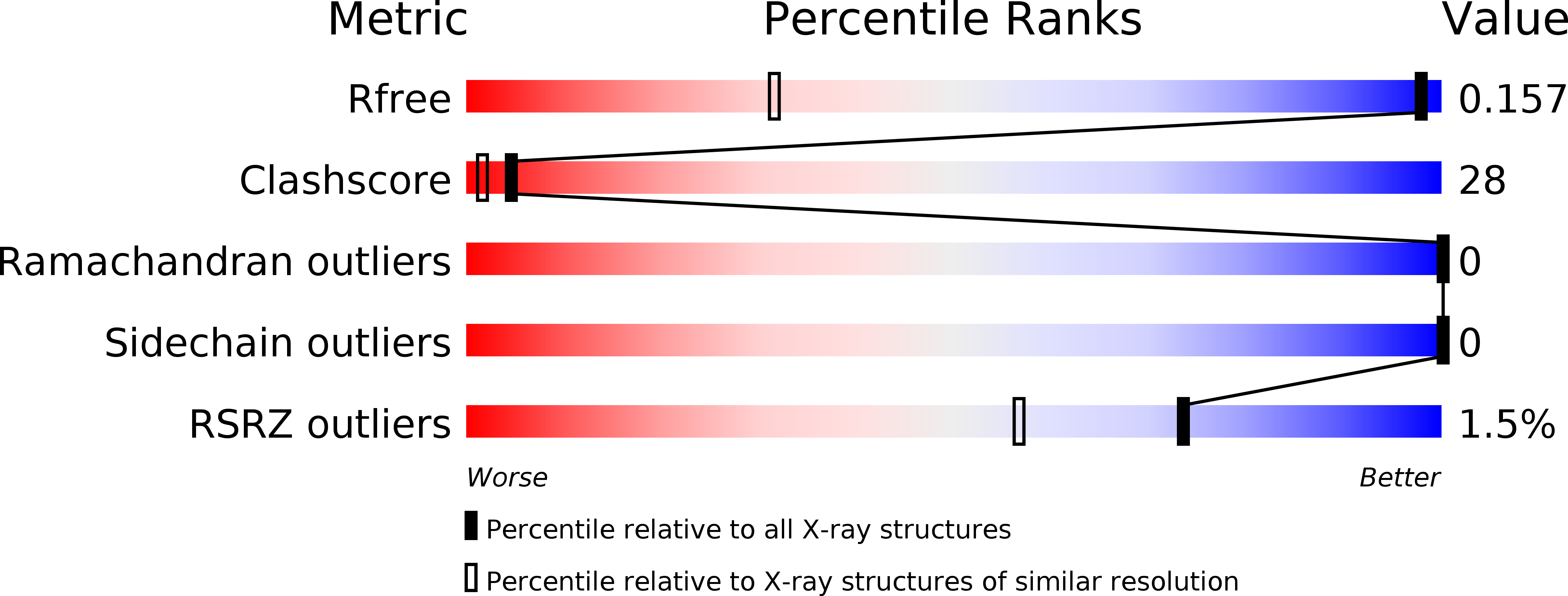
Deposition Date
2011-06-15
Release Date
2011-08-03
Last Version Date
2024-05-08
Entry Detail
PDB ID:
3ZR8
Keywords:
Title:
Crystal structure of RxLR effector Avr3a11 from Phytophthora capsici
Biological Source:
Source Organism:
PHYTOPHTHORA CAPSICI (Taxon ID: 4784)
Host Organism:
Method Details:
Experimental Method:
Resolution:
0.90 Å
R-Value Free:
0.14
R-Value Work:
0.12
R-Value Observed:
0.12
Space Group:
P 21 21 21


